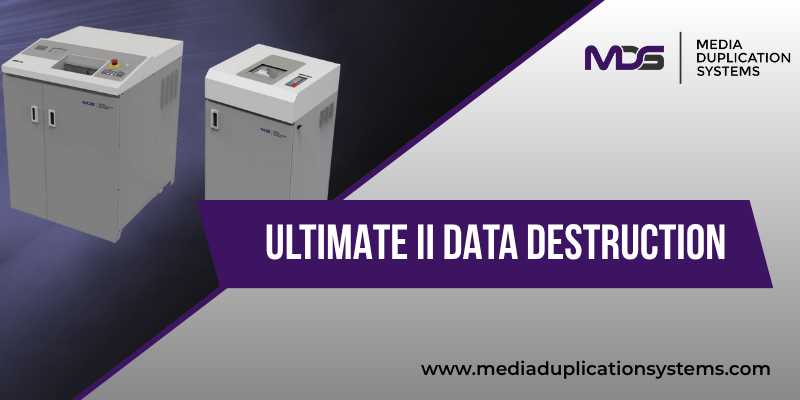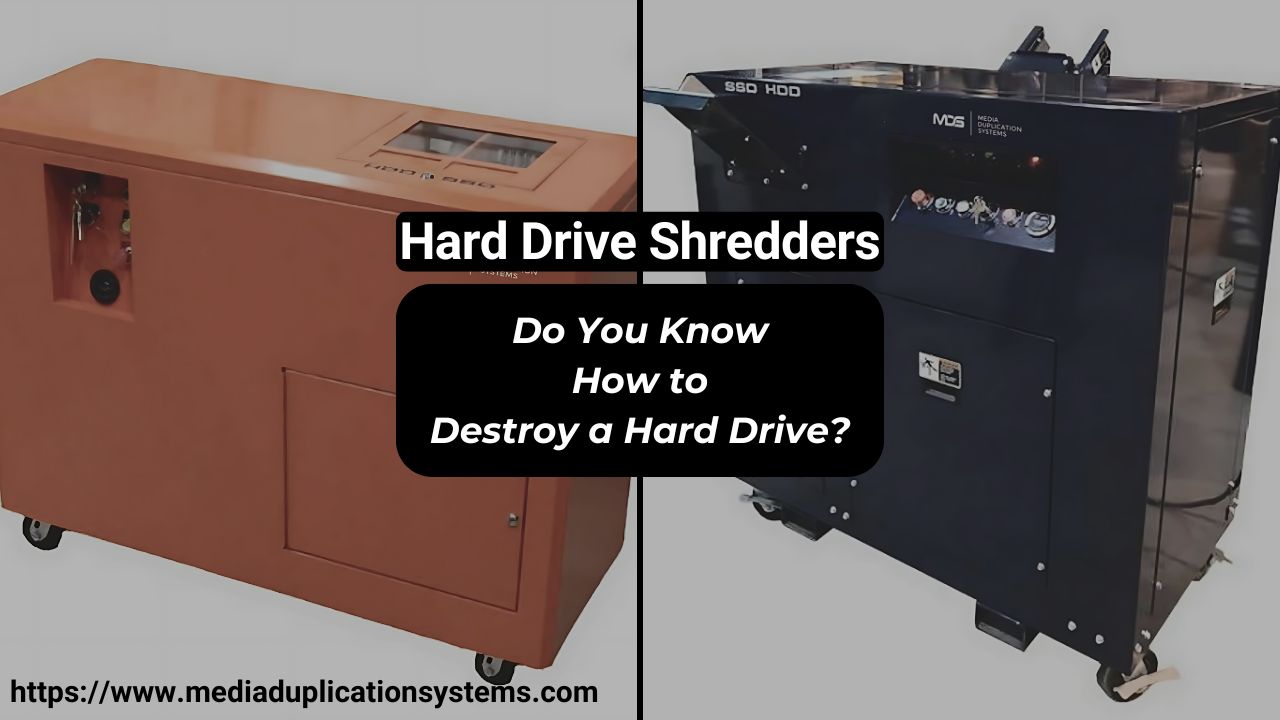What is a Hard Drive Crusher? Complete Guide to Physical Drive Destruction
Posted by MDS on 2025 Oct 7th
What is a Hard Drive Crusher? Complete Guide to Physical Drive Destruction
If you're researching data destruction methods, yo
read more










